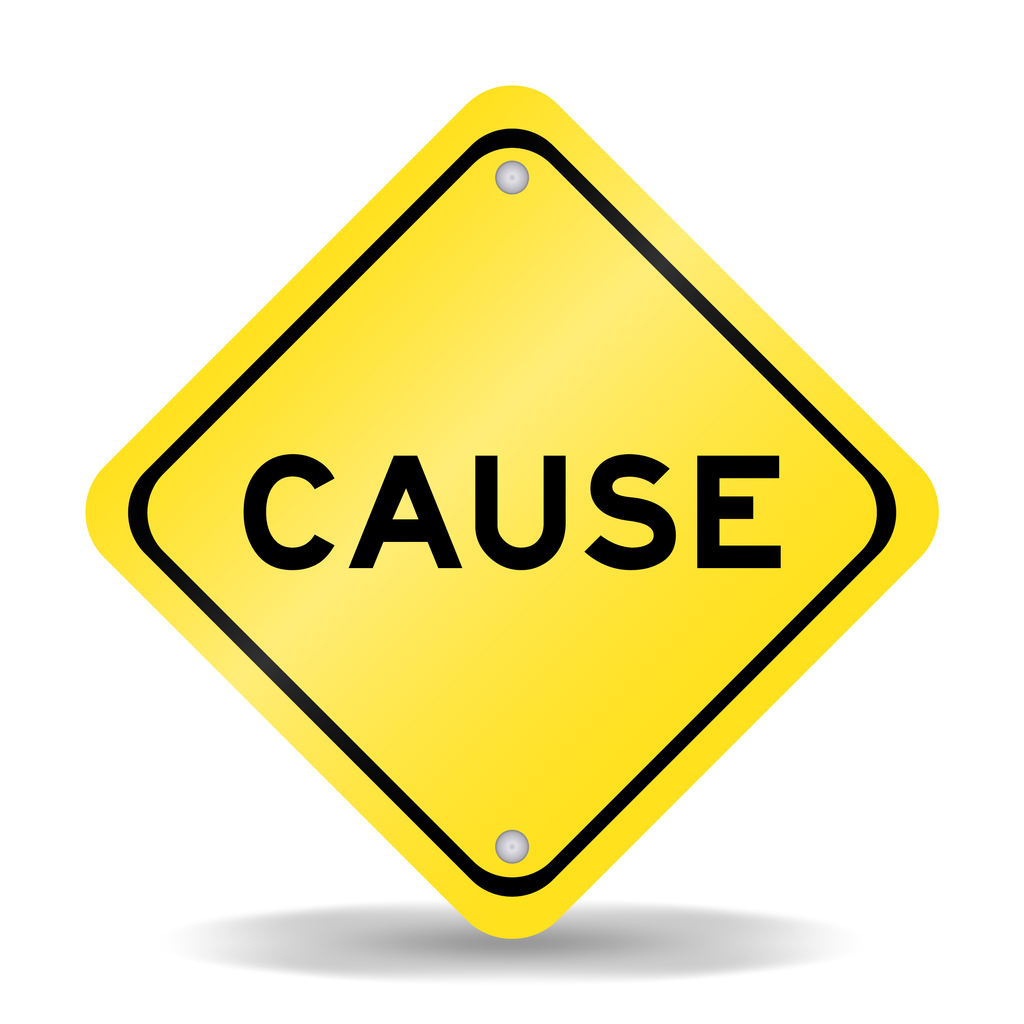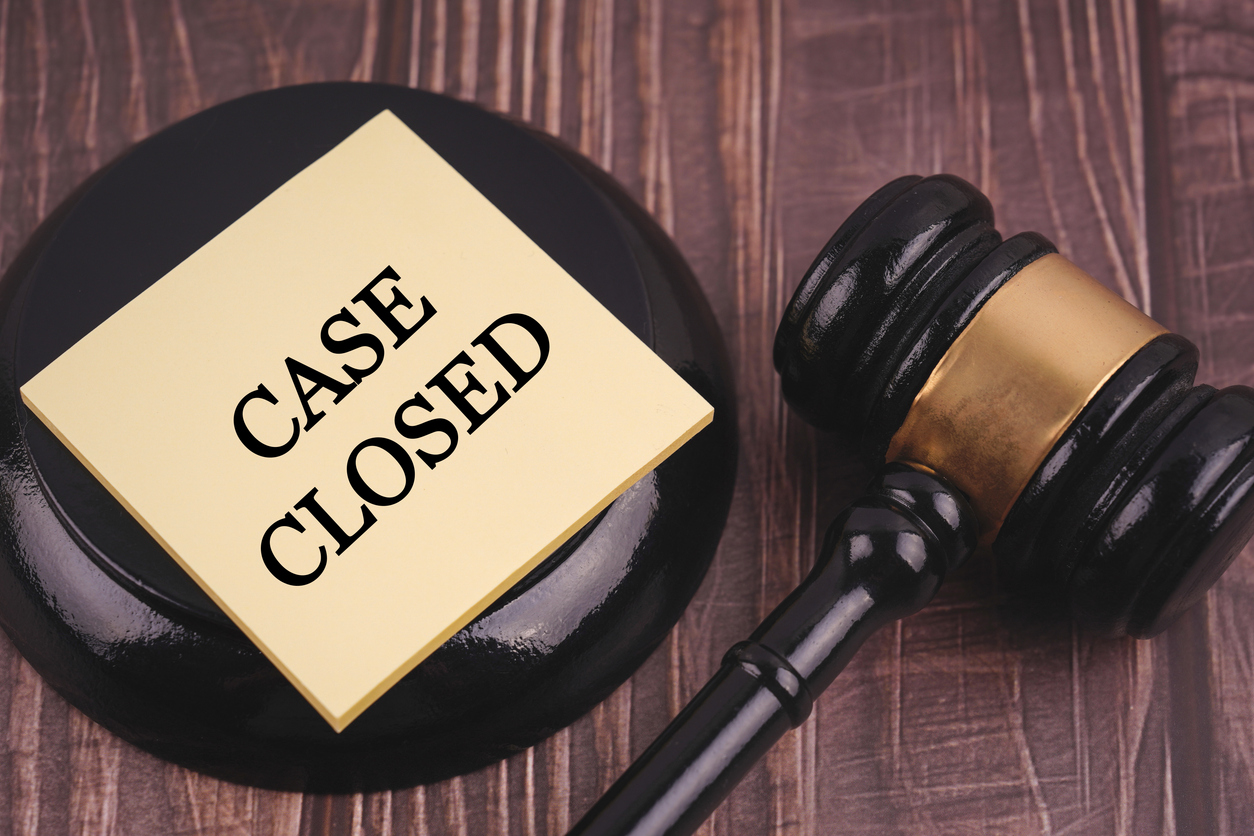Previous posts highlighted TWIA’s secret internal memo (Internal Texas Windstorm Roofing Claims Memo Explains Damage is Not Covered and The TWIA Roof Damage Memo: Checking Basic References to Resolve Adjustment Questions) which wrongly orders denial of coverage for roofing damage. In response, we received a technical manufactuer’s bulletin from a certified roofing contractor which helps explain why this is factually a covered loss.
Here is the two page technical memo regarding Re-Sealing Shingles:

The point of the technical memo is that hurricane strength winds will lift and blow shingles so that the seals are broken. Generally, the older and more worn the shingle, the more likely this breaking will occur. Good adjusters are aware of this and will carefully and closely inspect roofs to see if the shingle seals show signs of breakage or non-adherance.
Following a major hurricane such as Ike, insurance companies with a culture of good faith claims handling instruct the field adjusters to anticipate this type of damage and determine whether the shingles are "lifting." TWIA’s instructions were just the opposite:
"Shingles that show no signs of damage other than they are not sealed and can be raised with your hand are not considered windstorm damaged. Some call these "lifted" shingles. Some call them "blown up" shingles. Some call them "unadhered". Regardless of the terminology, these are not considered windstorm damaged. The shingles are mostly laying flat and are continuing to do as they were intended…….to repel water."
Why would TWIA say the shingles are fine when everybody in the roofing industy would fix them? We will find out as the Hurricane Ike insurance litigation gets underway.
Policyholders should not give up. Justice will prevail for those who seek it.



